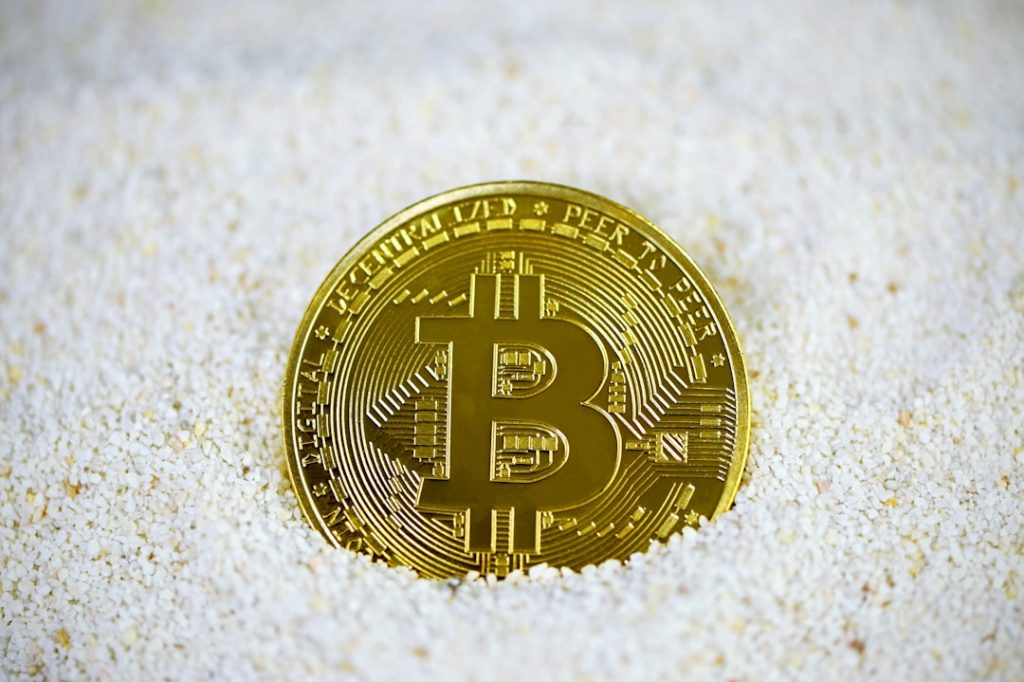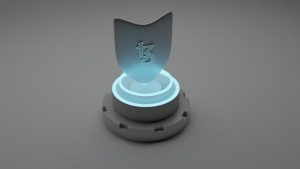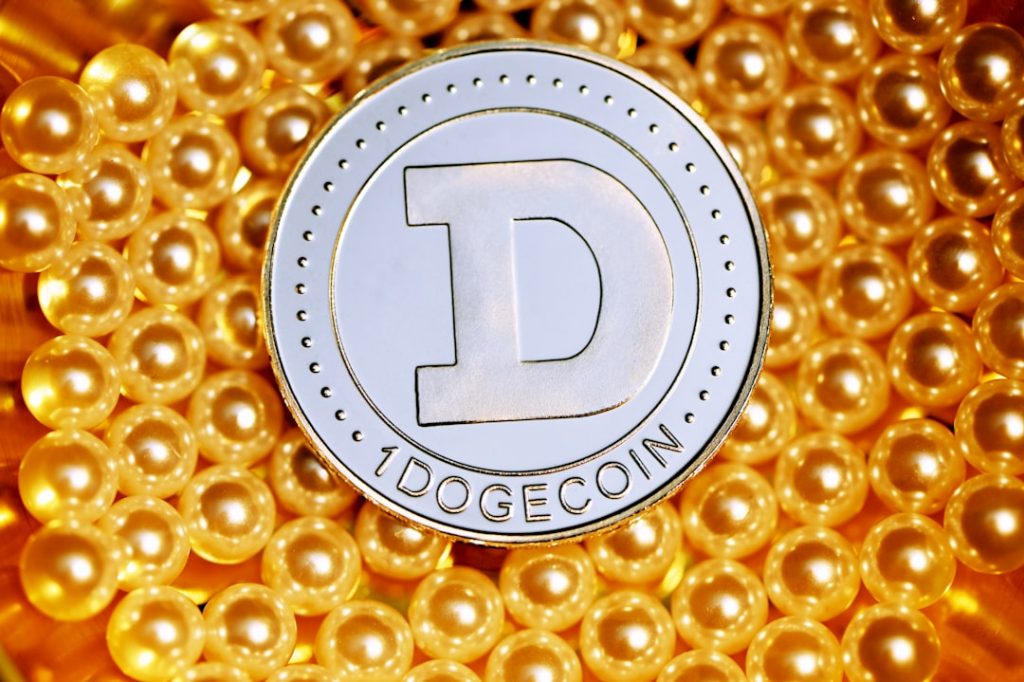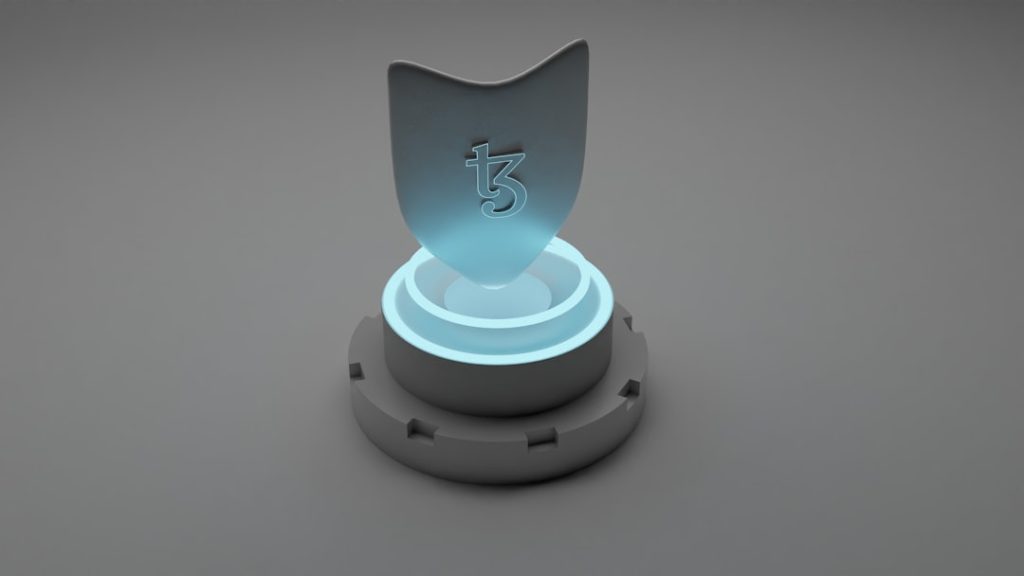Blockchain is a technology that stores information in a special way, making it very secure. But many people find it hard to understand and use. Let’s find out why.
Complexity: Blockchain involves complicated concepts like blocks, chains, and cryptography. These ideas are not easy to understand without some technical knowledge.

Scalability: This means how well the system can handle more users and transactions. Blockchain can become slow when too many people use it at the same time, which makes it less practical for everyday use.
Energy Consumption: Blockchain, especially the process of mining, uses a lot of electricity. This is not good for the environment and can be very costly.
Cost: Every transaction on the blockchain often requires a fee. These fees can add up quickly, making it expensive to use, especially for small transactions.
Regulation: Governments are still figuring out how to regulate blockchain and cryptocurrencies. This uncertainty can make people hesitant to use blockchain because they are not sure if it’s completely legal or how it might be controlled in the future.
Despite these challenges, blockchain has a lot of potential. As technology improves and people find solutions to these problems, blockchain might become easier to use and more common in everyday life.
Blockchain is a technology that stores information in a very secure way. It does this by using a system of blocks linked together in a chain. Each block contains a list of transactions, and once a block is added to the chain, it cannot be changed. This makes blockchain very secure, but also very complicated.
Problems with Blockchain
Complexity
Problem: Blockchain involves many complicated concepts like blocks, chains, and cryptography. These are not easy to understand without some technical knowledge.
Solution: Creating simple guides and tutorials can help people learn about blockchain. Also, developing more user-friendly tools can make it easier for everyone to use blockchain technology.
Scalability
Problem: Scalability refers to how well a system can handle an increasing number of users or transactions. Blockchain can become slow when too many people use it at the same time, which makes it less practical for everyday use.
Solution: Developers are working on solutions like sharding and layer 2 protocols. Sharding breaks the blockchain into smaller pieces that can be processed separately, while layer 2 protocols add another layer on top of the blockchain to handle more transactions.
Energy Consumption
Problem: Blockchain, especially the process of mining, uses a lot of electricity. This is not good for the environment and can be very costly.
Solution: One solution is to use more energy-efficient methods like Proof of Stake instead of Proof of Work. Proof of Stake uses less electricity because it doesn’t require as much computer power.
Cost
Problem: Using blockchain can be expensive. Each transaction often requires a fee, which can add up quickly, especially for small transactions.
Solution: Developers are working on ways to reduce these fees, such as improving the efficiency of the network and creating alternative methods for processing transactions.
Regulation
Problem: Governments are still figuring out how to regulate blockchain and cryptocurrencies. This uncertainty can make people hesitant to use blockchain because they don’t know if it’s completely legal or how it might be controlled in the future.
Solution: Clearer regulations and guidelines from governments can help build trust and encourage more people to use blockchain.
Expert Opinion
“Blockchain technology holds great promise, but it also presents significant challenges that need to be addressed for it to become more widely adopted.”
Example of Blockchain in Action
To better understand blockchain and its potential, you can watch this informative video:
Glossary of Key Terms
- Blockchain: A secure, decentralized database that stores data in linked blocks.
- Block: A container for storing a list of transactions on the blockchain.
- Mining: The process of adding new transactions to the blockchain, which requires a lot of computer power and electricity.
- Proof of Work: A method used by some blockchains to verify transactions that requires a lot of computer power.
- Proof of Stake: A more energy-efficient method for verifying transactions that requires less computer power.
- Sharding: A technique to improve scalability by breaking the blockchain into smaller pieces.
- Layer 2 Protocols: Additional layers built on top of the blockchain to handle more transactions.
Even though blockchain has these problems, it also has a lot of potential. As technology improves and more solutions are developed, these issues might be solved, making blockchain easier to use and more common in everyday life.
What makes blockchain so complex?
Blockchain involves many technical concepts such as blocks, chains, and cryptography. Understanding how these elements work together requires a certain level of technical knowledge, which can be challenging for many people.
Why is scalability an issue for blockchain?
Scalability refers to the blockchain’s ability to handle a growing number of transactions. As more people use the blockchain, it can become slow and less efficient, making it difficult to use for everyday activities.
How does blockchain affect energy consumption?
The process of mining, which adds new transactions to the blockchain, uses a significant amount of electricity. This high energy consumption is a major concern, especially for the environment.
Why is blockchain technology expensive?
Each transaction on the blockchain often requires a fee. These fees can add up quickly, especially for smaller transactions, making the use of blockchain technology costly.
What are the regulatory challenges with blockchain?
Governments are still trying to figure out how to regulate blockchain and cryptocurrencies. This lack of clear regulations creates uncertainty, making people hesitant to fully adopt blockchain technology.
What solutions are there for blockchain’s complexity?
Developing more user-friendly tools and providing better education about blockchain can help reduce its complexity and make it more accessible to the general public.
Can the energy consumption of blockchain be reduced?
Yes, using more energy-efficient methods such as Proof of Stake (PoS) instead of Proof of Work (PoW) can significantly reduce the energy consumption of blockchain technology.
How can blockchain become more scalable?
Solutions like sharding, which breaks the blockchain into smaller pieces, and layer 2 protocols, which add another layer on top of the blockchain to handle more transactions, can help improve scalability.
Will blockchain ever be fully regulated?
As blockchain and cryptocurrencies continue to grow, clearer regulations and guidelines are expected to be developed by governments, which will help build trust and encourage wider adoption of the technology.






